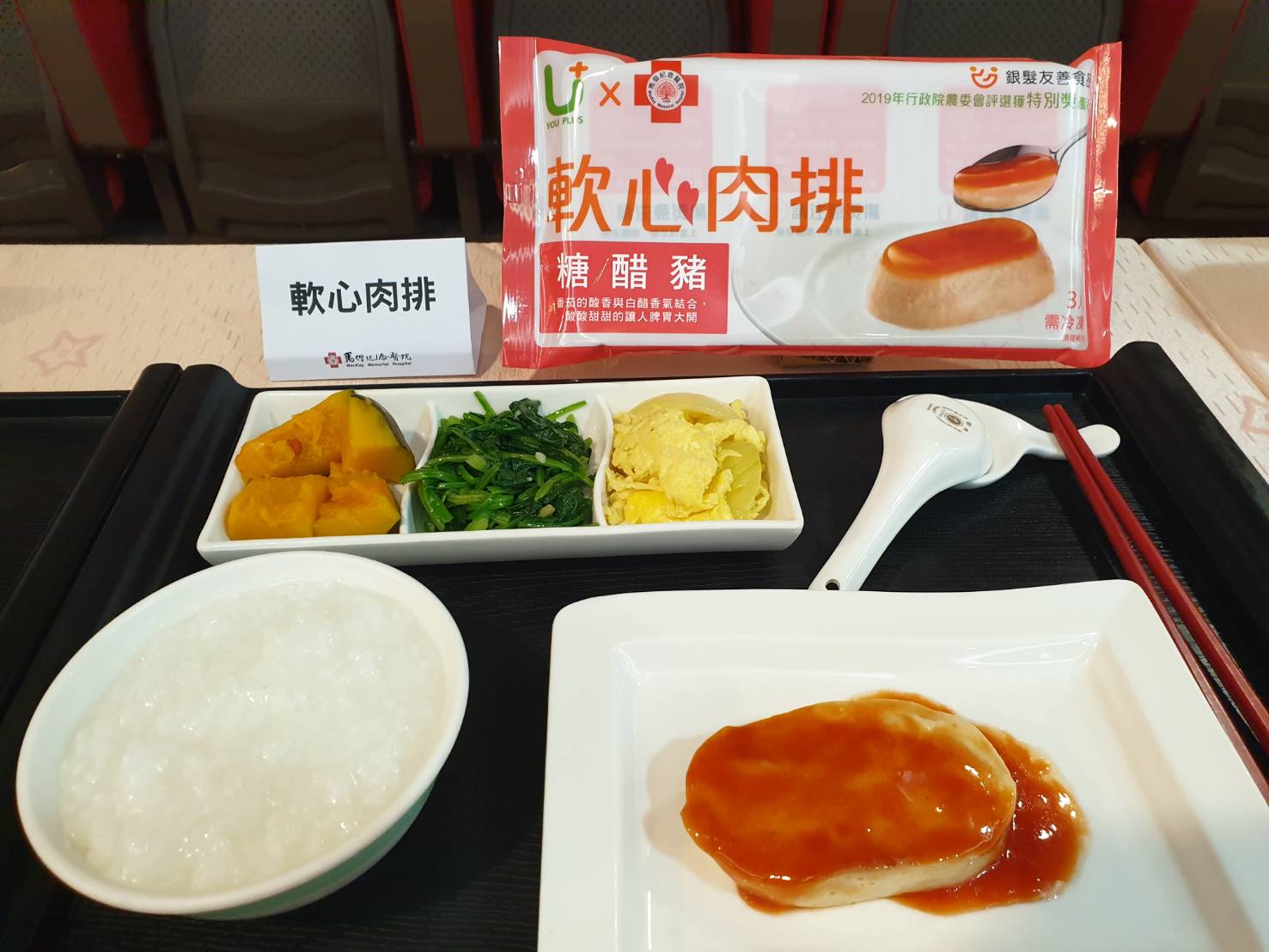Reverse total shoulder arthroplasty (RSA) has also become popular in Taiwan, however, no related article regarding RSA has been reported in the orthopaedic literature in Taiwan. Purpose: To examine functional outcomes and complications after RSA. Methods: Patients undergoing RSA between March 2015 and March 2017 were reviewed for inclusion in this retrospective study. All patients had rotator cuff arthropathy, fracture malunion with cuff arthropathy, and locked shoulder. Clinical outcomes were evaluated using Constant scores and active range of motion (ROM) of the shoulder joint. Active ROM was evaluated in terms of anterior elevation, abduction, external rotation at 90 degree of abduction, and internal rotation. Constant scores and ROMs were analyzed postoperatively at 6 months and 1 year. Results: Fourteen patients (eight women, six men; average age, 75 years (range, 64 to 89 years) were evaluated with an average follow-up of 13.8 months. The average absolute Constant score at 6 months follow-up was 61.6 ± 10.6 points. Average degree of anterior elevation, abduction, external rotation, and internal rotation improved from 66.4, 27.8, 40, and sacrum, respectively, before surgery to 147.1, 33.9, 84.6, and L4, respectively, postoperatively. However, average external rotation did not improve significantly after surgery (p = 0.0055). Similar results were noted at 1 year follow-up. Two complications (14.3%) were recorded including RSA shoulder dislocation and postoperative acromion fracture. Conclusion: RSA provides reliable pain relief and return of shoulder function in patients with rotator cuff arthropathy.



